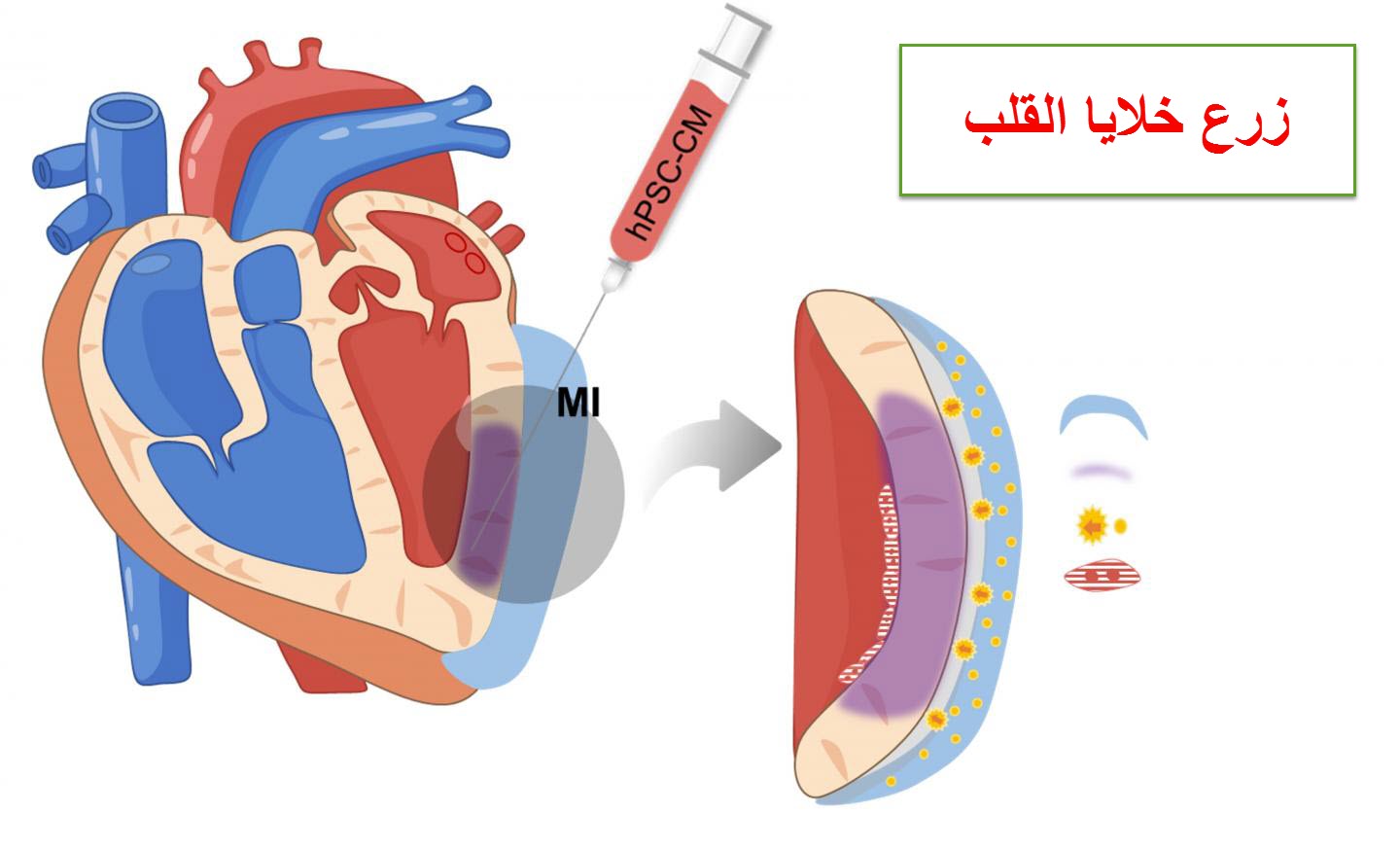Introduction
In today’s fast-evolving industrial landscape, materials that combine versatility, efficiency, and sustainability are in high demand. One such material that has gained significant attention is Cellulose ether. Derived from natural cellulose, it is widely used across industries ranging from construction to pharmaceuticals. Its unique chemical properties make it an essential additive for improving texture, stability, and performance in countless products. In this article, we will explore the key properties, broad applications, and major benefits of cellulose ether, highlighting why it remains one of the most trusted materials for modern manufacturing.
What is Cellulose Ether?
Cellulose ether is a water-soluble polymer obtained by chemically modifying natural cellulose. Through this modification process, hydroxyl groups in the cellulose molecule are replaced with ether groups, which enhance solubility and functionality. The result is a versatile compound with exceptional binding, thickening, and stabilizing abilities.
Common Types of Cellulose Ether
- Methyl Cellulose (MC): Known for its excellent water retention and film-forming properties.
- Hydroxyethyl Cellulose (HEC): Provides thickening and improved rheology control in paints, coatings, and cosmetics.
- Hydroxypropyl Methylcellulose (HPMC): Widely used in pharmaceuticals, food, and construction for its gelling and stabilizing abilities.
- Carboxymethyl Cellulose (CMC): Popular in food and personal care products due to its safe, non-toxic profile.
Each type of cellulose ether is tailored to meet specific industrial needs, making it a remarkably flexible material.
Properties of Cellulose Ether
The popularity of cellulose ether lies in its combination of physical and chemical properties that enhance product performance.
Water Solubility and Retention
One of the most valued characteristics is its ability to dissolve in cold or hot water. This property ensures consistent viscosity and superior water retention, especially in construction materials such as cement and plaster.
Thickening and Rheology Control
Cellulose ether significantly improves viscosity, making it ideal for paints, adhesives, and coatings. Its rheology-modifying capabilities provide better flow control and consistency.
Film-Forming Ability
It forms flexible, transparent films that improve surface finish and durability. This is particularly beneficial in coatings, capsules, and edible films.
Chemical Stability
Resistant to heat, salt, and pH variations, cellulose ether maintains performance even under challenging industrial conditions.
Applications of Cellulose Ether
Thanks to its multifunctional properties, cellulose ether is widely used in diverse industries.
Construction Industry
In construction, cellulose ether is indispensable for producing high-quality mortars, tile adhesives, and plasters. It improves water retention, extends workability time, and enhances bonding strength.
Pharmaceutical Industry
Pharmaceutical manufacturers use cellulose ether in tablet formulations as a binder, film former, and controlled-release agent. It ensures consistent drug delivery and stability while remaining safe and non-toxic.
Food Industry
In food applications, cellulose ether acts as a stabilizer, emulsifier, and thickener. It is commonly found in baked goods, dairy products, sauces, and beverages, where it enhances texture and shelf life.
Cosmetics and Personal Care
From shampoos to lotions, cellulose ether ensures smooth application and stability. It prevents ingredient separation and provides desirable viscosity in creams and gels.
Paints and Coatings
Cellulose ether improves pigment dispersion, enhances leveling, and prevents sagging in paints. It also provides long-lasting viscosity control, making it a trusted additive in the coatings industry.
Benefits of Using Cellulose Ether
The widespread use of cellulose ether comes down to the tangible advantages it offers manufacturers and end-users.
Enhanced Product Performance
Its thickening, binding, and stabilizing effects ensure high-quality results across applications.
Versatility Across Industries
Few materials match the adaptability of cellulose ether, making it a go-to ingredient in construction, pharmaceuticals, food, cosmetics, and paints.
Eco-Friendly and Safe
Derived from renewable natural cellulose, it is environmentally friendly and safe for human use, aligning with sustainability goals.
Cost-Effectiveness
By improving efficiency and reducing waste, cellulose ether helps lower production costs while ensuring consistent product quality.
Why Choose Kima Chemical?
At Kima Chemical, we specialize in delivering high-quality cellulose ether tailored to meet the needs of global industries. Our advanced production techniques ensure purity, consistency, and superior performance. Whether you operate in construction, pharmaceuticals, or food manufacturing, our products are designed to help you achieve better results with confidence.
Conclusion
As industries seek materials that deliver reliability, safety, and efficiency, cellulose ether continues to stand out as a top choice. Its unique combination of properties—ranging from water retention to film formation—makes it indispensable in countless applications. From improving the strength of construction materials to ensuring the stability of pharmaceutical tablets and enhancing the texture of foods, its benefits are undeniable. For businesses striving to meet high performance and sustainability standards, partnering with a trusted supplier like Kima Chemical ensures access to premium-quality cellulose ether that drives success. Now is the time to embrace this versatile material and experience the difference it can make across your industry.









Leave a Reply